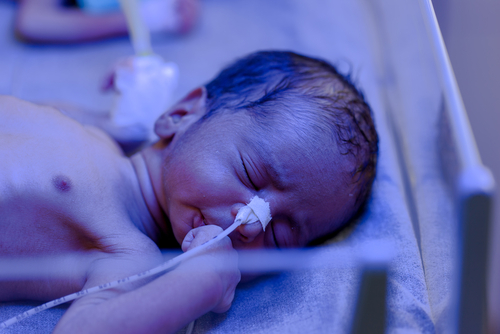Diarrhoeal disease, second leading cause of death in children under five years old
UNI Jun 20, 2018
Diarrhoeal disease is the second leading cause of death in children under five years old, and is responsible for killing around 525 000 children every year.

Diarrhoea can last several days, and can leave the body without the water and salts that are necessary for survival. In the past, for most people, severe dehydration and fluid loss were the main causes of diarrhoea deaths. Now, other causes such as septic bacterial infections are likely to account for an increasing proportion of all diarrhoea-associated deaths. Children who are malnourished or have impaired immunity as well as people living with HIV are most at risk of life-threatening diarrhoea.
Diarrhoea is defined as the passage of three or more loose or liquid stools per day (or more frequent passage than is normal for the individual). Frequent passing of formed stools is not diarrhoea, nor is the passing of loose, "pasty" stools by breastfed babies.
Diarrhoea is usually a symptom of an infection in the intestinal tract, which can be caused by a variety of bacterial, viral and parasitic organisms. Infection is spread through contaminated food or drinking-water, or from person-to-person as a result of poor hygiene.
Interventions to prevent diarrhoea, including safe drinking-water, use of improved sanitation and hand washing with soap can reduce disease risk. Diarrhoea should be treated with oral rehydration solution (ORS), a solution of clean water, sugar and salt. In addition, a 10-14 day supplemental treatment course of dispersible 20 mg zinc tablets shortens diarrheoa duration and improves outcomes.
There are three clinical types of diarrhoea: acute watery diarrhoea – lasts several hours or days, and includes cholera; acute bloody diarrhoea – also called dysentery and persistent diarrhoea – lasts 14 days or longer. Diarrhoeal disease is a leading cause of child mortality and morbidity in the world, and mostly results from contaminated food and water sources. Worldwide, 780 million individuals lack access to improved drinking-water and 2.5 billion lack improved sanitation. Diarrhoea due to infection is widespread throughout developing countries.
In low-income countries, children under three years old experience on average three episodes of diarrhoea every year. Each episode deprives the child of the nutrition necessary for growth. As a result, diarrhoea is a major cause of malnutrition, and malnourished children are more likely to fall ill from diarrhoea.
-
Exclusive Write-ups & Webinars by KOLs
-
Daily Quiz by specialty
-
Paid Market Research Surveys
-
Case discussions, News & Journals' summaries